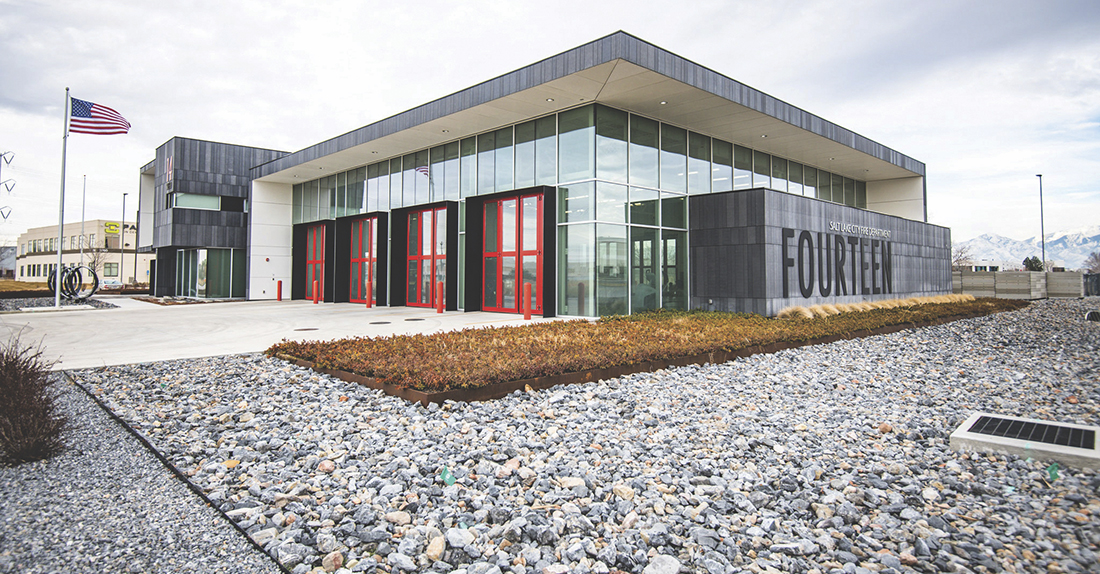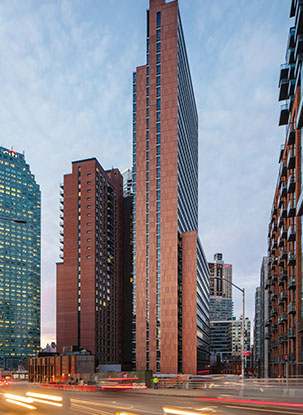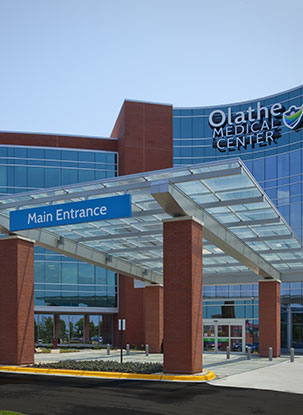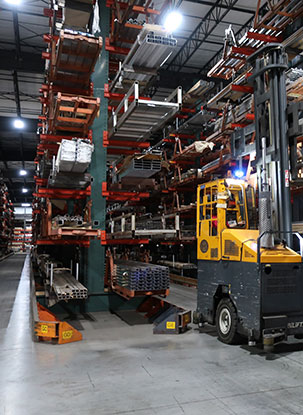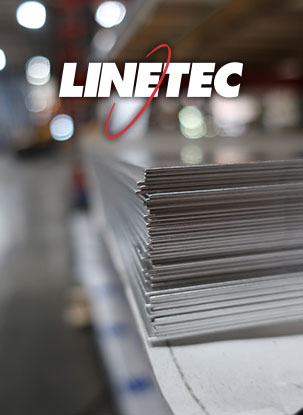We’ve recently published an anodize white paper – Achieving Success with Architectural Anodize. The white paper begins with a discussion of its environmental characteristics and the additional benefits of eco-friendly anodize.
To download the entire white paper, click here.

The Anodize Process and its Environmental Characteristics
The anodizing process consists of immersing the aluminum to be anodized in a solution, referred to
as an electrolyte, and passing a direct electric current through the electrolyte and into the aluminum, with the aluminum acting as the anode. The result is a controlled formation of a durable oxide coating on the surface of the aluminum. The anodic coating greatly increases resistance to corrosion and abrasion.
Anodized aluminum is 100% recyclable with no intermediate process needed for anodized aluminum to reenter the recycle chain, lending itself to post-consumer recycled content during demolition or restoration of the building. Anodizing is a water-based process and uses no VOCs, making it a light-fast, durable alternative to paints and organic coatings.
Eco-Friendly Architectural Anodize
There are additional environmental aspects when the anodizer utilizes the newest etching technology. Linetec, and other environmentally-conscious finishers, changed from the traditional caustic etching process to a more eco-friendly etch system allowing customers to use secondary (recycled) billet in the anodize process.
With eco-friendly anodize, small surface defects are hidden by an aesthetically desirable “frosty” matte finish and the appearance of the aluminum is enhanced. The resulting matte finish reduces glare in bright sunlight, an attribute associated with increased productivity and comfort for occupants. Gloss level reading is typically reduced from 15 to 25 with conventional anodize, down to a gloss level of 3 to 12 for eco-friendly color anodize. Interior comfort and recycled material content are recognized by green building programs such as the LEED® Green Building Rating System™.
The eco-friendly anodize process reduces landfill waste used with conventional etch processes by 75-80 percent. Landfill waste directly relates to the production of greenhouse gas.
The eco-friendly anodize etch process has the viscosity of water and will not collect in the small recesses of aluminum extrusions or narrow aluminum tubes, enhancing the durability and lifecycle of the finished product.
